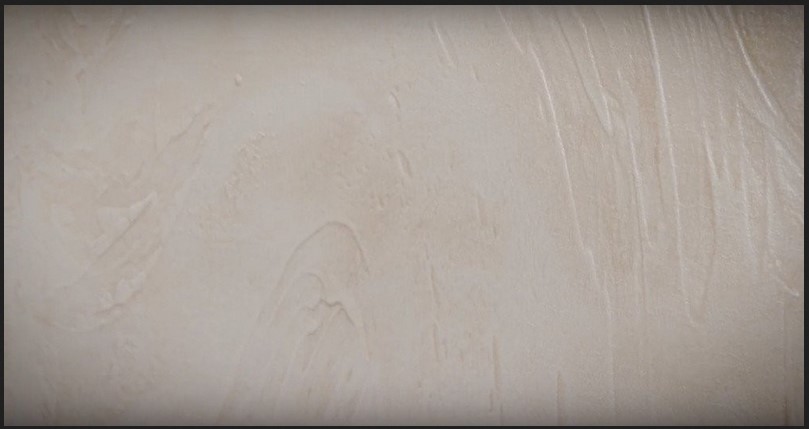
Excessive moisture and high humidity in the home can cause significant damage to your home. Whenever your drywall becomes exposed to water damage, excessive moisture, or high humidity, it will no longer stand the test of time. These elements can cause extensive structural damage that could result in thousands of dollars in damage. If you fail to tackle these problems, then it can result in even much bigger issues such as mildew and mold problems which can put the health of occupants and visitors at risk. These elements can damage your drywall beyond repair. When this happens, you need the services of a professional to assist with drywall installation.
How to Tell If Your Walls Are At Risk of Water Damage
Luckily, there are many ways to address damp issues in the home. However, the first step is to identify if your walls are damp. Once this is confirmed, then you can take the necessary steps to protect the health and integrity of your home.
So how do you know if your walls are exposed to water damage? These signs include
-
Bubbling paint
-
Peeling paint
-
Strange musty odor
-
Wet patches throughout the walls
-
Cracks
-
Wood rot
-
Corrosion
Does your wall have one or more of these warning signs? If yes, do not hesitate to get it fixed. Preferably, call in the professionals to get it fixed. Not only can they fix the problem, but also ensure that they take every necessary step to prevent and address the cause of dampness in the home. Note that not all damp problems can be cleaned up. Extensive damage requires a new drywall installation service. However, you can prevent this costly damage if you take quick steps to address early warning signs of dampness in the home.
What’s the Acceptable Modest Level of Humidity in Any Home?
Your kitchen, laundry room, bathroom, and basement areas are the most vulnerable to humidity issues. However, there is always an acceptable percentage of humidity in any home. Certain factors come into play here. Just so you know, different wall materials are designed to withstand and absorb moisture in different capacities.
Any moisture reading over 15% requires immediate attention. If it goes above 20%, then a new drywall installation should be considered. The acceptable percentage of humidity in the home should have an average reading of 13%. Be sure to inspect your drywalls and entire home for dampness at least twice a year, especially during the humid months.
How to Check Moisture Levels in Your Home
Thanks to technological advancements, you can easily detect the dampness levels in your home using a moisture meter. Most professional drywall installation service providers use this device to check walls for moisture problems. This device will tell you exactly which area of the walls suffers extensive water damage. Moisture meters are available in most major hardware stores.
If you have a higher moisture reading above 20%, you should act fast in getting it fixed. Call in the professionals for help.